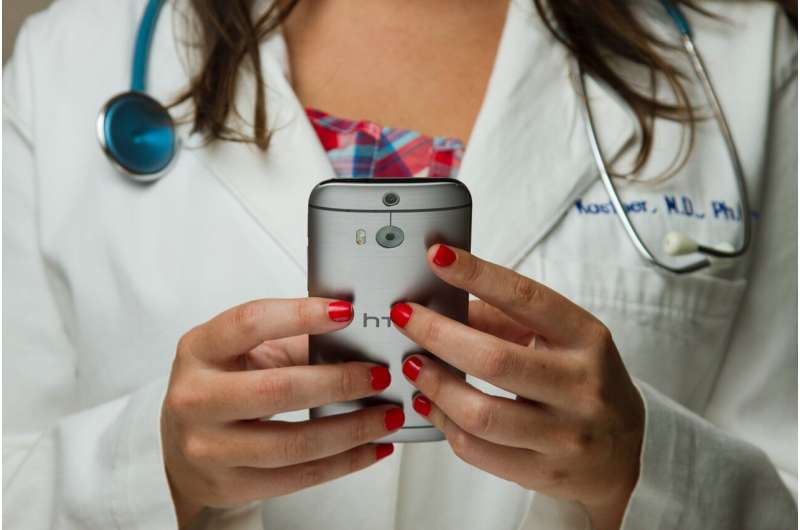Expanding telehealth possibilities: Performing virtual frailty exams in the home

According to a new study published today in Blood Advances, frailty assessments, a type of geriatric exam essential to predicting health outcomes in older adults with cancer, are both safe and feasible when conducted virtually. While providers often use in-person frailty screenings in clinic, such evaluations have not been widely tested virtually, and when developed for virtual delivery only include patient-reported questions. This is the first study to measure the effectiveness of a telehealth-based frailty assessment that incorporates both patient-reported and objective performance measures.
Frailty assessments are evaluations used to identify older adults at increased risk of adverse health outcomes as well as to assess mobility and cognition. Traditionally, they incorporate both patient-reported questions, such as "Do you need help getting out of bed in the morning?" and objective performance measures, like instructing someone to draw a clock from memory. It is recommended that all older adults who are undergoing systemic therapy, meaning treatments like chemotherapy which spreads throughout the body to target cancer cells, undergo a frailty assessment during treatment.
While the exams are vital to hematology care, providers traditionally perform them in a clinic. This practice became challenging to maintain during the COVID-19 pandemic, as older patients with blood cancers are at high risk of infection. This led researchers to develop alternative ways to assess frailty in a patient's home.
"Doing our 42-item assessment in the clinic required a lot of person-to-person contact," explained study author Clark DuMontier, MD, MPH, of Brigham and Women's Hospital. "We decided to adapt our in-person evaluation to a virtual format to prevent unnecessary viral exposure, but we still wanted to maintain our objective performance measures of cognition and walking speed. Our assessment is, to our knowledge, the first in blood cancers to evaluate both patient-reported and objective items together via telehealth."
Dr. DuMontier's team conducted an observational study of patients with blood cancers enrolled in the Older Adult Hematologic Malignancy Program, after receiving a consultation at Dana-Farber Cancer Institute. They enrolled 185 patients 73 years of age and older between November of 2020 and March of 2022 to do virtual assessments and compared their frailty classifications with a cohort of 876 patients 75 years of age and older who completed the exam in person. Finally, researchers evaluated the virtual assessment's feasibility and safety based on how many participants successfully completed the evaluation and monitored the cohort for patient injuries.
For the virtual assessments, 81.1% of participants successfully completed the test, and no falls or safety events were reported throughout the duration of this study. Participants in the virtual cohort were also found to have a slightly less frail status compared to the in-person group. The researchers noted that their analyses suggest that this outcome could be a result of differences in patients enrolled in the virtual cohort rather than differences inherent in the virtual assessment itself.
One limitation of this study is that researchers could not measure in-person and virtual test scores in the same group of individuals due to clinic restrictions during COVID-19. Further, roughly 46% of patients in the virtual cohort did not have a caregiver or video conferencing technology, both of which were required to perform the gait assessment.
Dr. DuMontier points out that offering virtual exams not only allows immunocompromised patients to avoid in-person interactions, but also enables researchers to monitor patient progress in the home, where measurements might be more accurate. Going forward, his team aims to expand access to technology, such as patient wearables and monitoring devices, and technology education so that more patients can take advantage of telehealth resources that incorporate both patient-reported and objective performance measures.
"One challenge we encounter in hematology is that patients often come in to see us when they are at their best. So, when we see them in the clinic, they might look great, but that also might be the only day they got out of bed that week," said Dr. DuMontier. "Being able to do these exams virtually allows us to assess patients in real time and potentially get more accurate scores. Using this assessment, we can measure frailty where it matters most, in their homes."
More information: Clark DuMontier et al, Virtual frailty assessment for older adults with hematologic malignancies, Blood Advances (2022). DOI: 10.1182/bloodadvances.2022007188



















